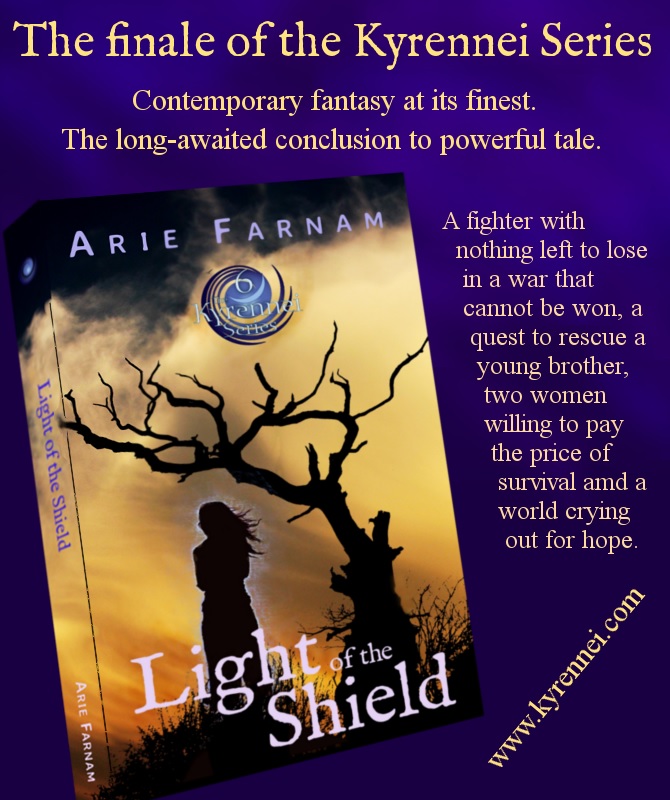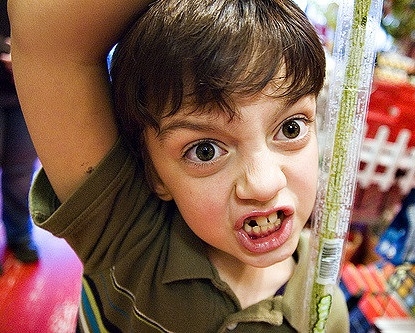Tips for working with a blind colleague
/Creative Commons image by Irish Typepad of Flickr.com
The other day someone asked me about working with a blind colleague in a professional setting. It brought me back to the days when I used to work in offices. Sometimes I hid the fact that I was nearly blind. In other situations, I cautiously let people know about it. Neither approach made the work environment very pleasant. Never did I work with people who asked how they could work with me--a legally blind person--more effectively or how we might increase our flow and productivity and ensure more good camaraderie and less stress in the office. I very much appreciate this question now. And being a lot wiser (and older) than was in my office days, I actually have some answers.
Here are a bunch of ways you can make working with a blind colleague a blast and get the most out of your talented team.
Creative Commons image by Sonia Belviso
- Tell the blind colleague who you are the first time you meet.
- Tell the blind colleague who you are when you return from getting coffee. Say, “It’s (your name).” No explanations or embarrassment necessary.
- Tell the blind colleague who you are when you return from getting something off the printer.
- Tell the blind colleague who you are when you want to ask a question.
- Tell the blind colleague who you are when need to borrow something.
- If you borrow something, return it to the blind colleague's hands, not to the desk or shelf. There can be exceptions to this rule, if you have discussed the item specifically and there is a very precise (within four inches) designation of where the item belongs.
- Tell the blind colleague who you are when you say good morning.
- Have everyone say their name at the beginning of meetings. Every meeting! Even if your colleague “should” already know who the people are. Even if the blind colleague has learned to recognize every voice in the room, some people may not speak at all unless they are asked to say their name. In informal and repeated situations just going around and quickly saying names is enough and it usually takes no more than a few seconds if done without embarrassment and unnecessary argument.
- Tell the blind colleague who you are when you ask if he/she wants to go to lunch with you and other colleagues.
- Do ask your blind colleague to come to lunch or for other social engagements with colleagues.
- Stop telling your blind colleague who you are if he/she tells you you can stop. Usually this means the person has learned to recognize your voice.
- If possible, let your blind colleague have his/her own tools and utensils and don’t touch them without asking. Do not “put away” something that your blind colleague owns or uses. If you have to share certain things agree on an exact location where they will be kept.
- A place for everything and everything in its place.
- When someone who is less familiar comes in your office, let your blind colleague know, even if it is an informal visit and the blind colleague has met this person many times before. Say, “That’s (person entering’s name) coming in.”
- In meetings, be aware that conversation flows primarily through eye contact and visual cues. Your blind colleague may either appear to be overbearing and interrupt others or may not engage in the meeting enough. This is largely because of the inability to see other people’s eyes. It is helpful if meetings are structured and someone is in charge of designating who will speak. In less formal meetings, it is good if the leader or facilitator is aware of the issue and watching for when the blind colleague is trying to work into the conversation.
- When showing visual materials at a meeting, describe them briefly. Say something like, “This is a graph showing our results from the last quarter. It shows that…” or “This is the new logo for X. It’s an abstract shape in blue.”
- Include important information from meetings in an accessible format—digital or Braille (if your colleague uses Braille. Not all do.)
- If attending a conference or larger meeting together, you may want to let your blind colleague know who is speaking, read name tags or describe images presented.
- If your colleague asks for help with physical navigation, you can help, but generally he/she won’t and physically getting around is not the issue. Helping in social situations is much more important.
- Avoid touching your blind colleague without permission. Don’t gently touch your blind colleague’s shoulder to announce your presence. Use a soft voice and say “It’s (your name).”
- With a blind colleague who is new to the office, “show” your colleague the locations of objects in one of two ways. Either 1. let the blind colleague sit at the desk and tell him/her where to reach to find certain objects. You can most easily do this by imagining that there is a large clock in the middle of the desk and imagining where the hour hand would be pointing toward each thing. Say, “the phone is at four o’clock. The keyboard is at 9 o’clock. The screen is at twelve o’clock,” and so forth. Or 2. allow your colleague to put his or her hands on the backs of your hands as you indicate items on a shelf. Allow enough time for the colleague to touch the objects and then return to placing his/her hands lightly over yours. People who have been blind for a time will usually be familiar with these techniques and you won’t have to explain. Avoid grabbing the blind colleague’s hand and forcing him/her to touch objects.
- Many blind people are not totally blind. Legally blind people will often use a computer screen much as sighted people do, but they may have to look much closer to perceive what is on the screen. If you are teaching a blind or visually impaired colleague how to do something on a piece of equipment it is imperative that your colleague be seated in the position to do the task and that your colleague does the task with your instructions. There is no “showing” a visually impaired colleague something on a screen, even if you describe each step you are doing. It may seem to take longer to describe the actions necessary but it will never take longer than “showing” someone who cannot see your actions.
- Be aware that visual impairments vary widely. Some legally blind people can see very well close up but little to nothing beyond six inches. Some blind people can see quite well in a very narrow field of vision, so that you may be surprised that your colleague can see some things at a distance but still not see you come into the room to his/her right. Try not to be judgmental of what you can’t understand and ask if your colleague wants to describe his/her vision to you and other colleagues at a meeting. It can help to know technically what your colleague’s vision is like.






























